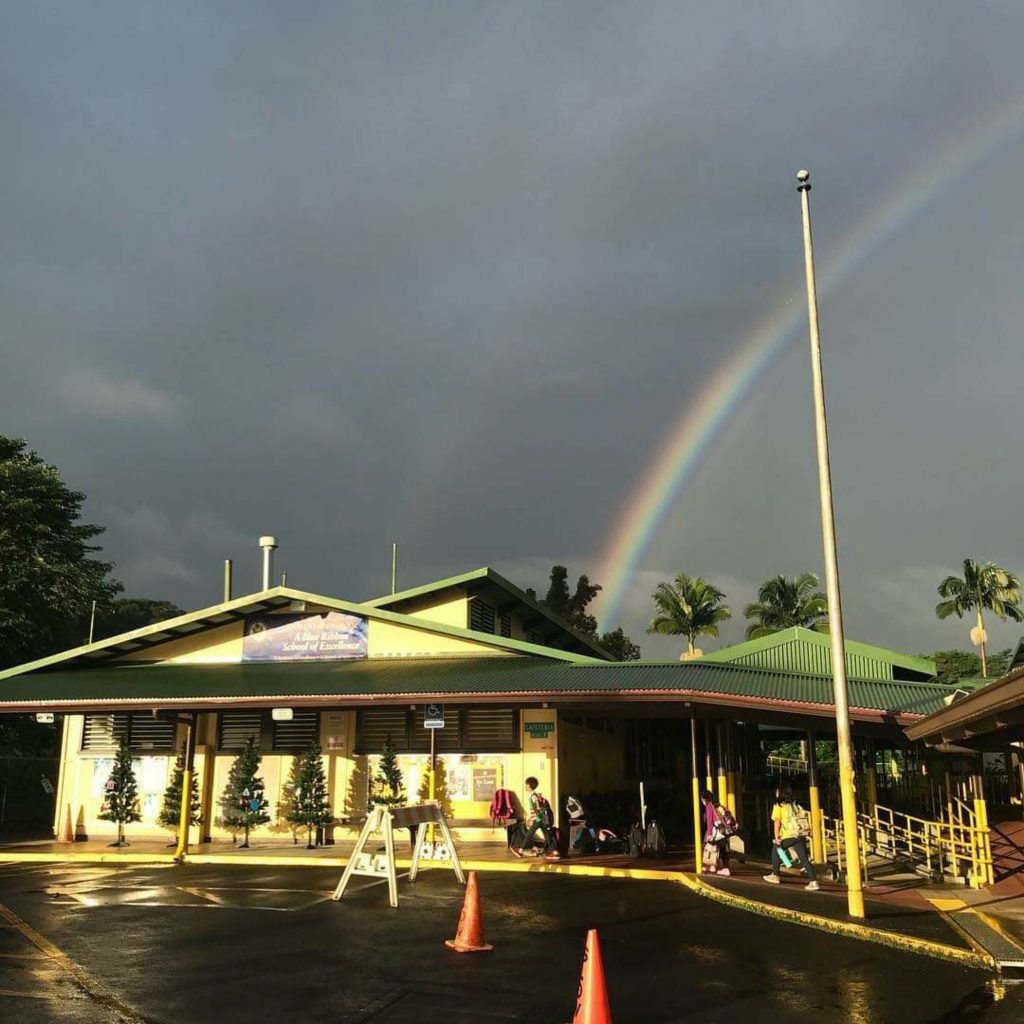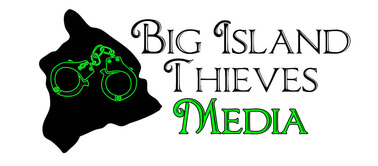
Ernest Bowen de Silva, Liholiho and Waikiki Elementary schools have been named 2020 National Blue Ribbon Schools by the US Department of Education. The program honors public and private elementary, middle and high schools based on academic performance and progress in closing achievement gaps among student subgroups. The three Hawaiʻi schools were among 317 public school and 50 non-public school winners nationwide announced today by U.S. Secretary of Education Betsy DeVos.
“The National Blue Ribbon Schools award validates the dedication and commitment of our school communities as they continue to work toward innovative cultures of teaching and learning,” Deputy Superintendent Phyllis Unebasami said. “This recognition reflects the quality and excellence of our Hawaiʻi public schools and I congratulate the students, teachers, staff and families of E.B. de Silva, Liholiho and Waikiki Elementary schools on this prestigious award.”
Public schools nominated for the National Blue Ribbon Schools award must meet one of two performance award criteria:
- Exemplary High Performing Schools are among their state’s highest performing schools as measured by state assessments or nationally normed tests.
- Exemplary Achievement Gap Closing Schools are among their state’s highest performing schools in closing achievement gaps between a school’s subgroups and all students over the past five years.
Hawaiʻi’s three recognized schools met the criteria for Exemplary High Performing schools, ranking in the top 15% of Hawaiʻi schools in achievement in English and math.
E.B. de Silva Elementary
E.B. de Silva’s performance exceeded statewide averages in English language arts and math by over 21 percentage points in the selection year. Also recognized as a National Blue Ribbon School in 2014, the Hilo school serving a student body of 487 students, attributes its academic success partly to their integration of social emotional programs into the school’s learning environments. For example, de Silva’s Hale program, which is based on the values of Nā Hopena A‘o (HĀ), was designed to increase inclusiveness and unity within the school community. Through this program, each hale (or house in Hawaiian) includes a mix of students across grade levels, teachers and school faculty to create a greater sense of overall belonging to the school. The school further expands this sense of belonging to their community, building relationships with families and complex schools for additional support and opportunities for students.
Liholiho Elementary
Liholiho’s performance exceeded statewide averages in English language arts and math by over 17 percentage points in the selection year. The Honolulu school’s population of 454 students is culturally diverse, with over 17 different ethnicities represented and one-fourth of the student population identifying as English Learners. Also recognized as a National Blue Ribbon School in 2004 and 2011, Liholiho attributes its academic success to strengthening instructional delivery across curricular areas by integrating literacy skills with high-impact thinking. The school’s consistent use of social emotional strategies, the integration of art across subjects, and the use of “learning pit” strategies where learners find multiple solutions to challenging problems, has also contributed to high levels of student achievement.
Waikiki Elementary
Waikiki’s performance exceeded statewide averages in English language arts and math by over 21 percentage points in the selection year. The elementary school serves an ethnically diverse student body of 584 learners with one-quarter of the student population participating in the school’s English Learner program. Also recognized as a National Blue Ribbon School in 2007 and 2013, Waikiki attributes its academic success to its mindful culture that infuses Habits of Mind, which teaches behaviors such as flexible thinking, empathetic listening, problem solving and persistence, into its common core curriculum for a cohesive culture of learning for all students. While educating the whole child is at the heart of the school’s robust curriculum, teachers also integrate a broad range of art, science and technology instructional approaches into the academic core. This is complemented by project-based learning opportunities as well as resource classes in digital media, physical education, creative movement, art, music and sustainability.
